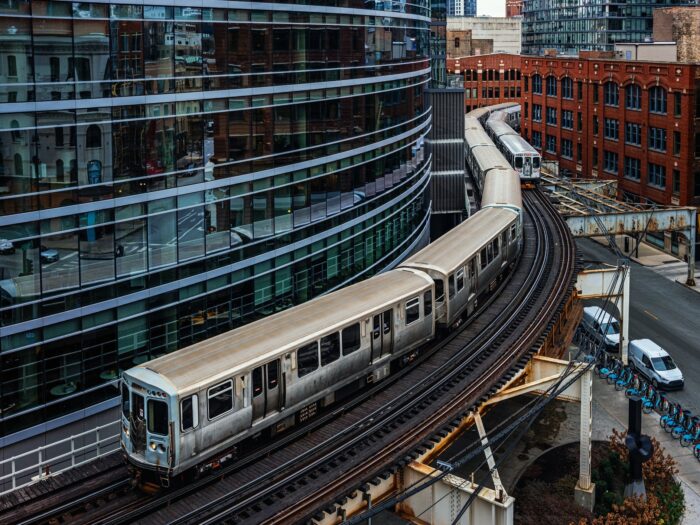Public Transit Liability Costs Surge 9% Annually as Industry Grapples With Post-Pandemic Recovery

Public transit systems’ liability costs are escalating at a 9% annual rate while ridership remains well below pre-pandemic levels, with rail systems recovering to only 69% of 2019 passenger volumes and bus systems reaching 81%, according to Aon’s latest public transit benchmarking study.
Transit authorities face mounting financial pressure from multiple liability cost drivers, according to the study, conducted by Aon in partnership with the American Public Transportation Association (APTA).
Claim frequency is increasing at a 4% annual pace, while the average cost per claim is rising 5% yearly. The combination produces a projected 2024 loss rate of $82.11 per 1,000 riders, or approximately 8.2 cents per passenger.
The frequency benchmark translates to one liability occurrence for every 262,711 riders across combined bus and rail operations. When including incident-only claims with no immediate payout, the rate jumps to one report per 161,292 riders.
The average claim severity is forecast to reach $21,571 in 2024.
These escalating costs come as the industry continues navigating hybrid work patterns, infrastructure needs, inflation pressures and budget constraints that have reshaped operations since the pandemic began five years ago, the report said.
Operational Differences Create Distinct Risk Profiles
Bus and rail operations present markedly different liability exposures requiring tailored risk management approaches, according to the Aon report.
Bus systems experience significantly higher claim frequency, with one occurrence per 187,995 riders compared to one per 2.5 million rail passengers. However, rail incidents prove more costly when they occur, averaging $42,301 per claim versus $21,259 for bus operations, the report said.
The disparity stems from operational environments. Buses interact constantly with pedestrians and vehicle traffic, creating numerous opportunities for minor incidents including fender-benders that drive up frequency while limiting severity.
Rail systems operate primarily on dedicated infrastructure with minimal public interaction, resulting in fewer but potentially catastrophic incidents like derailments that significantly increase average claim costs.
For bus operations specifically, the exposure translates to one occurrence per three vehicles annually when measured by fleet size, or one incident per 117,457 miles driven. Transit authorities can use these benchmarks to evaluate their risk management effectiveness and set appropriate reserves.
Recovery Patterns Signal Extended Timeline for Normal Operations
The pace of ridership recovery has slowed dramatically, suggesting transit systems may face years before returning to pre-pandemic activity levels. Rail ridership improvements dropped from 17 percentage points between 2021 and 2022 to less than 1% between 2023 and 2024. Bus ridership recovery similarly decelerated from 11 percentage points annually in 2022 and 2023 to just 5% in the most recent period.
Vehicle revenue miles have nearly returned to 2019 levels, indicating service levels have largely normalized even as passenger volumes lag, according to the report. This mismatch creates operational inefficiencies and affects per-rider cost calculations that form the basis for liability benchmarking, Aon said.
Additional claim characteristics provide insights for risk management strategies. Approximately 41% of claims are reported the same day incidents occur, while 94% surface within six months. Litigated claims, representing just 9% of total volume, account for 55% of all loss dollars and cost 12 times more than non-litigated matters on average. Vehicle collisions drive 76% of all claims, with rear-end accidents being the most common type, while passenger falls and boarding incidents comprise the majority of non-collision claims.
View the full report here &










